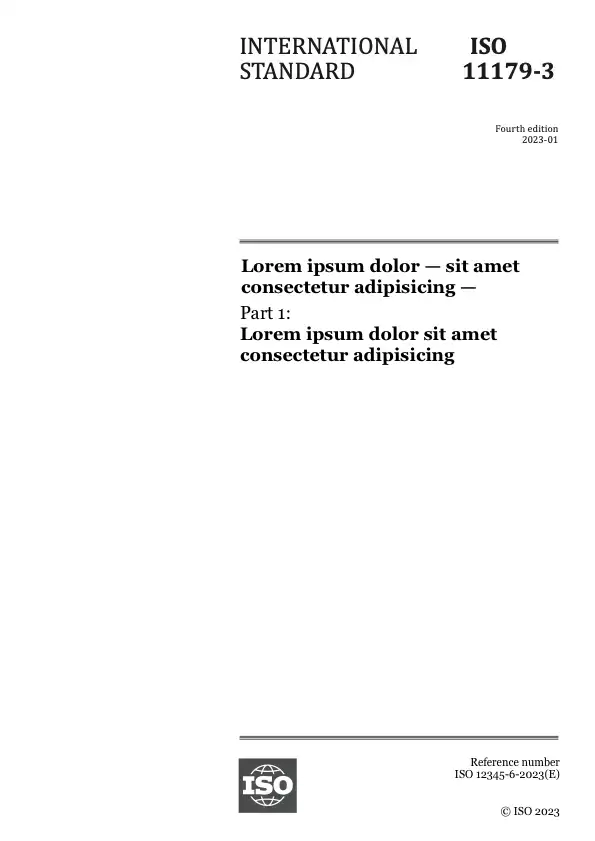Abstract
This document defines the TPEG Speed information (SPI) application for reporting speed information for travellers. Speed limits are usually indicated to the driver through roadside signs. Drivers who are aware of the speed limit at all times are more likely to drive safely, which improves road safety. Most speed limit signs are static and remain unchanged for years and are thus available through navigation system map databases. However, there is an increasing number of variable message signs, temporary signing (e.g. for road works) and also changed speed limits which are not yet reflected in the map databases.
With the TPEG-SPI application, speed limit information is offered in an accurate way so that different lanes and different vehicle types can be differentiated. TPEG-SPI also allows the drivers to be aware of the current allowed (maximum) speed, by delivering timely information about the current position and values of speed limits to the navigation or driver assistance systems. These data are seen as informational and are intended to be encoded in a compact way to minimize bandwidth consumption.
TPEG2-SPI supports direct and indirect speed limits. Direct speed limits are used for signs showing a maximum speed at which a vehicle is allowed to travel. Such speed limit signs can be static or dynamic. Indirect speed limits refer to the speed of other road users. It is primarily the vehicle in front of the own vehicle that is used as a reference.
Read sample
General information
-
Status: PublishedPublication date: 2023-05Stage: International Standard published [60.60]
-
Edition: 1Number of pages: 35
-
Technical Committee :ISO/TC 204
- RSS updates
Life cycle
Got a question?
Check out our FAQs
Opening hours:
Monday to Friday - 09:00-12:00, 14:00-17:00 (UTC+1)

